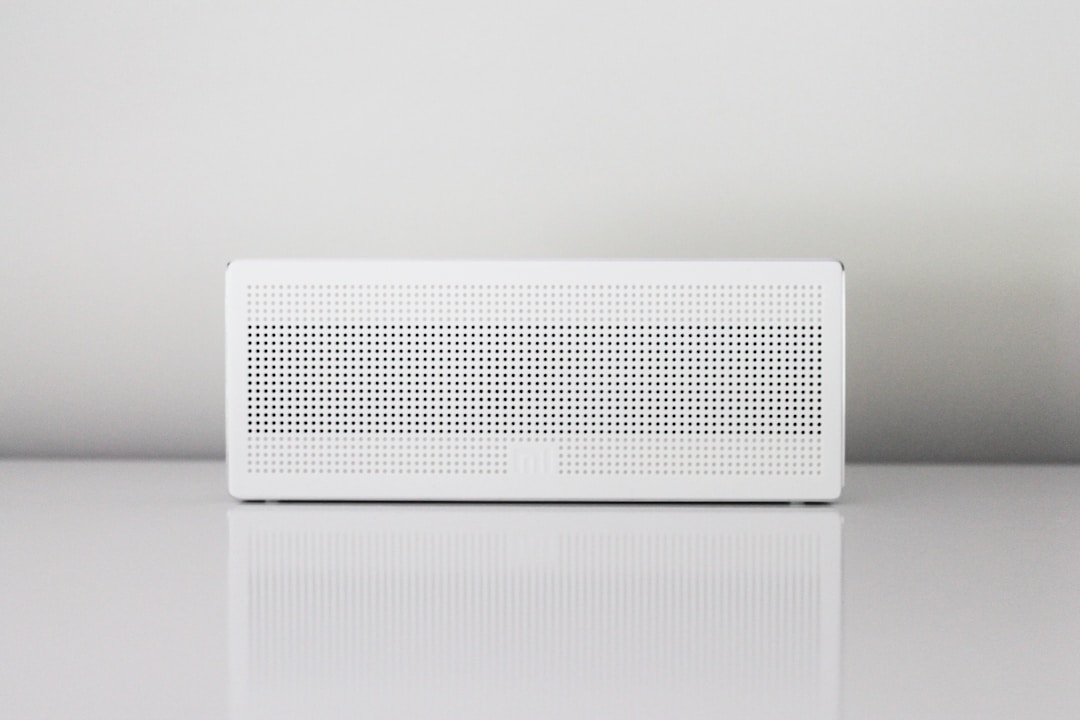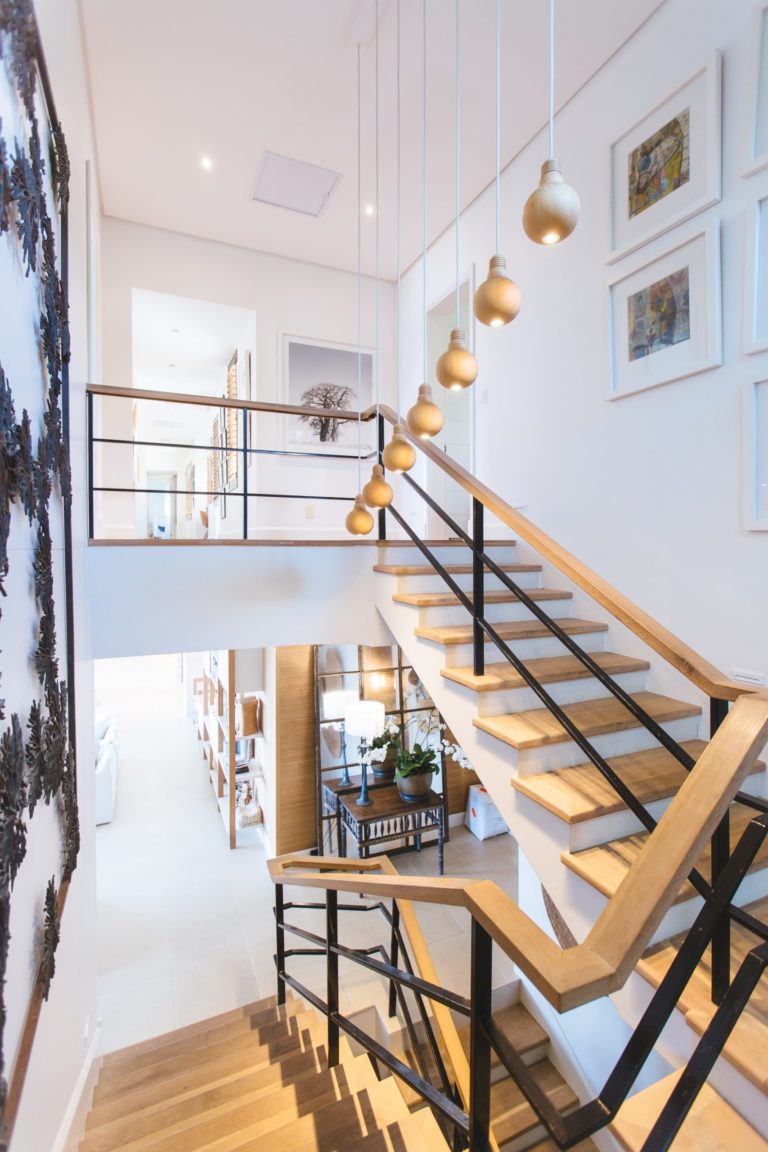If you’re a homeowner, chances are your air systems get a good amount of yearly use. However, as technology evolves, especially when it comes to HVAC systems, new units can offer more convenience and energy efficiency. If you’re moving into a new home, or are looking to upgrade your existing air conditioning system, it’s worth doing some research into what’s on the market. Here, we will look at how to choose the right HVAC system for your home, as well as some of the features that could benefit your budget the most.
Ductless Air Conditioners
When it comes to new home installations, or for homeowners in the middle of a renovation, ductless air conditioners can be an ideal type of HVAC for many reasons. As the name describes, this unit is an HVAC system that doesn’t require the traditional ductwork familiar in so many traditional designs. With ductless mini-split systems, the air conditioner itself has a unit located outside the house connected to a secondary inside unit. Working together, the fresh air from outside it cooled and transported into your home, allowing you to control the temperature by way of air handlers.
Although not all mini-split systems are heat pumps, they are a related technology with the same innovative functions. As one of the most modern HVAC designs, heat pumps are a split system that has become popular due to their dual function. Conveniently, the single unit works as both an air conditioner and a heating system, which can make up for the cost of a new installation. As a ductless system, the heat pump uses the outside air, allowing the homeowner to either heat or cool it depending upon preference.
Additionally, there are two different types available, which can make a difference in your budgetary needs. An air-source heat pump uses the air outside as the primary source, while a geothermal unit uses ground heat. Both styles are incredibly energy efficient and, in the long run, save you money on monthly utility bills. However, both the air-source ductless heat pump and its geothermal alternative require individual installations of the unit and compressor. For those homeowners also concerned with saving on square footage, either of these units is relatively small.
Traditional Central Air Units

In the United States, the most common HVAC units are central air systems. Most recognizable to homeowners, this is the traditional unit that utilizes a coolant to chill the air internally, then distribute it into individual rooms throughout the house using a series of ducts and vents. Aside from the fact that a central air conditioner is found in most older homes (making repairs and replacements relatively cost-efficient), this type of unit also helps dehumidify the air as it blows it through the duct system. And, like the ductless air conditioners, a central HVAC unit also comes in two main variations: a split-system central AC, and a packaged air conditioning unit.
What is most important to remember if you decide to keep your existing central air conditioning unit is that routine maintenance is the key to keeping it up and running for many years. Although all forms of HVACs require regular maintenance visits, with a traditional system, the homeowner should keep a close eye on the equipment throughout the year. Even during the winter, a proper check of the HVAC’s ductwork and vents is a good idea, just to be sure no leaks or cracks have evolved over time.
Likewise, all HVAC technicians advise homeowners to change out their air filters every few months. This is an especially important part of air conditioner ownership, as the filters not only directly affect your monthly utility bills (dust and debris can clog and restrict airflow), but weed out the natural allergens that your family breathes.
In the end, when you go shopping for your first (or replacement) air conditioning unit, be sure to choose the style that suits your needs and your budget. A proper AC unit will keep you and your family comfortable for years to come.




